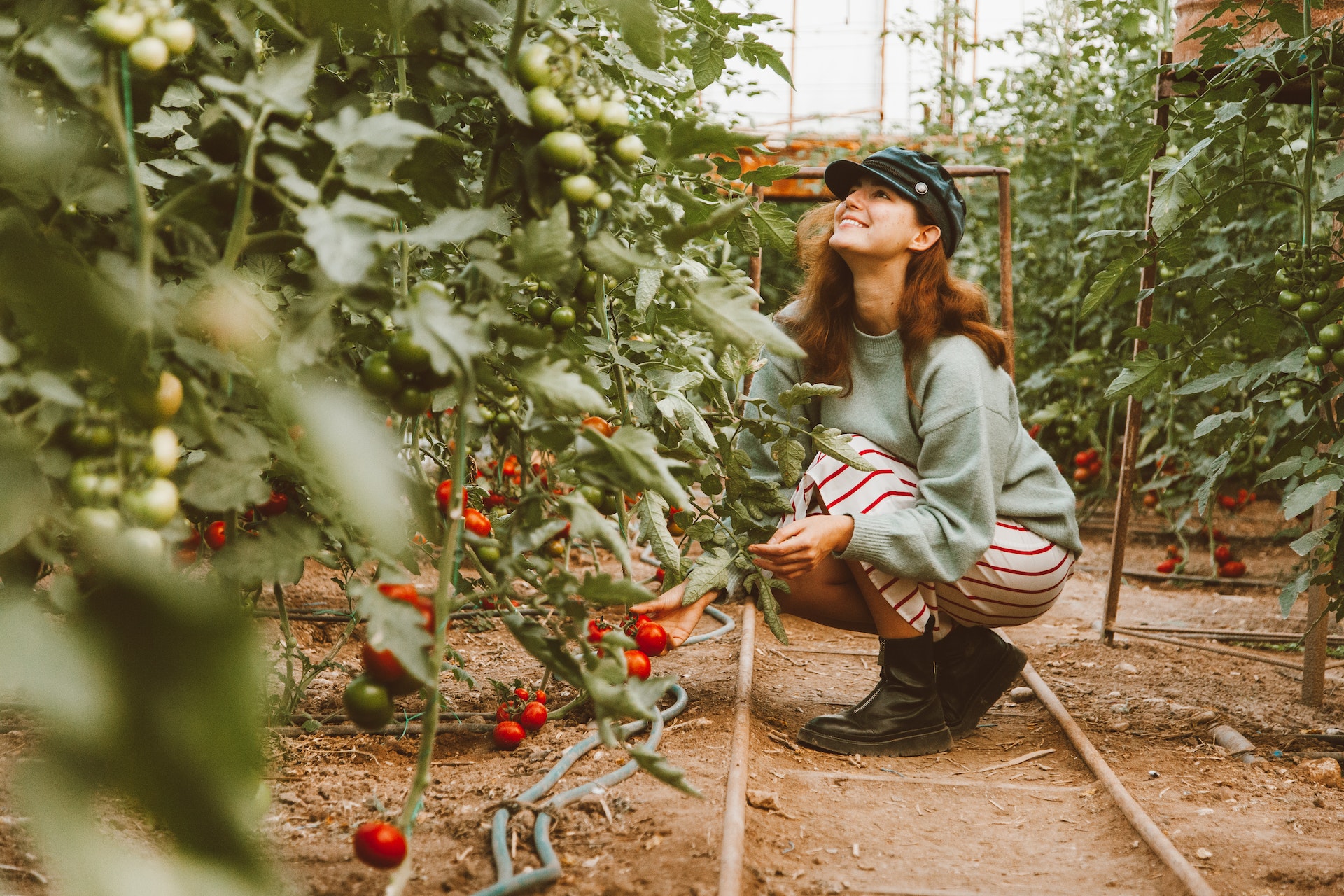If you really want to make an impact on sustainability with your food choices, take your meal prep and planning to the next level.
Choose plant-based foods
Want to reduce the environmental impact of your diet? Eat more plant-based foods. Animal agriculture is a major contributor to greenhouse gas emissions and uses a huge amount of land and water. By incorporating more fruits, vegetables, whole grains, legumes, nuts, and seeds into your diet, you can reduce your carbon footprint and help protect the planet—and your heart.
Buy local and seasonal
Support your local farmers market! Buying locally-grown food when it’s in season not only reduces your environmental impact, it helps your community, too. When food is transported long distances, it requires a ton of energy, which generates greenhouse gas emissions. Those out-of-season artichokes you get at the grocery store? They arrived here on a supertanker from somewhere far away. By choosing local and seasonal produce, you can support local farmers, reduce transportation emissions, and enjoy fresher and more flavorful food.
Avoid food waste
Food waste is a significant contributor to greenhouse gas emissions. When food is thrown away, it not only generates methane gas in landfills but also wastes the resources used to grow, harvest, and transport it. To reduce food waste, plan your meals in advance, buy only what you need, and use up leftovers before they go bad. Compost the rest.
Choose sustainably sourced seafood
Seafood is healthy, delicious, and rich in proteins. But some fishing practices can have a significant environmental impact. Overfishing and habitat destruction can harm marine ecosystems and contribute to ocean acidification. To make more sustainable seafood choices, look for seafood that is certified by organizations like the Marine Stewardship Council (MSC) or the Aquaculture Stewardship Council (ASC). These certifications ensure that seafood is sourced from sustainable fisheries or farms that minimize their environmental impact.
Reduce packaging waste
Packaging waste is a significant contributor to landfills and can take hundreds of years to decompose. To reduce your environmental impact, choose products with minimal packaging, bring your own reusable bags and containers to the grocery store, and buy in bulk when possible. You can also look for packaging that is made from recycled materials or is recyclable or compostable. Doubt packaging waste is that bad? Check out the Great Pacific Garbage Patch.
To get started on a nutritious, sustainable diet, consider ordering a delivery box of farm-fresh fruits and vegetables. You can customize your orders based on your likes (beets and berries? Sweet!) and dislikes (squash and pears? No thanks), and get add-ons far beyond produce, too.
Another option? Imperfect Foods, which delivers foods that might have cosmetic quirks or odd sizes to your doorstep, saving tons of quality food.
And if you want to do your small part to fight climate change while having fun in the garden, here’s a handy guide to starting your own backyard compost kit.






